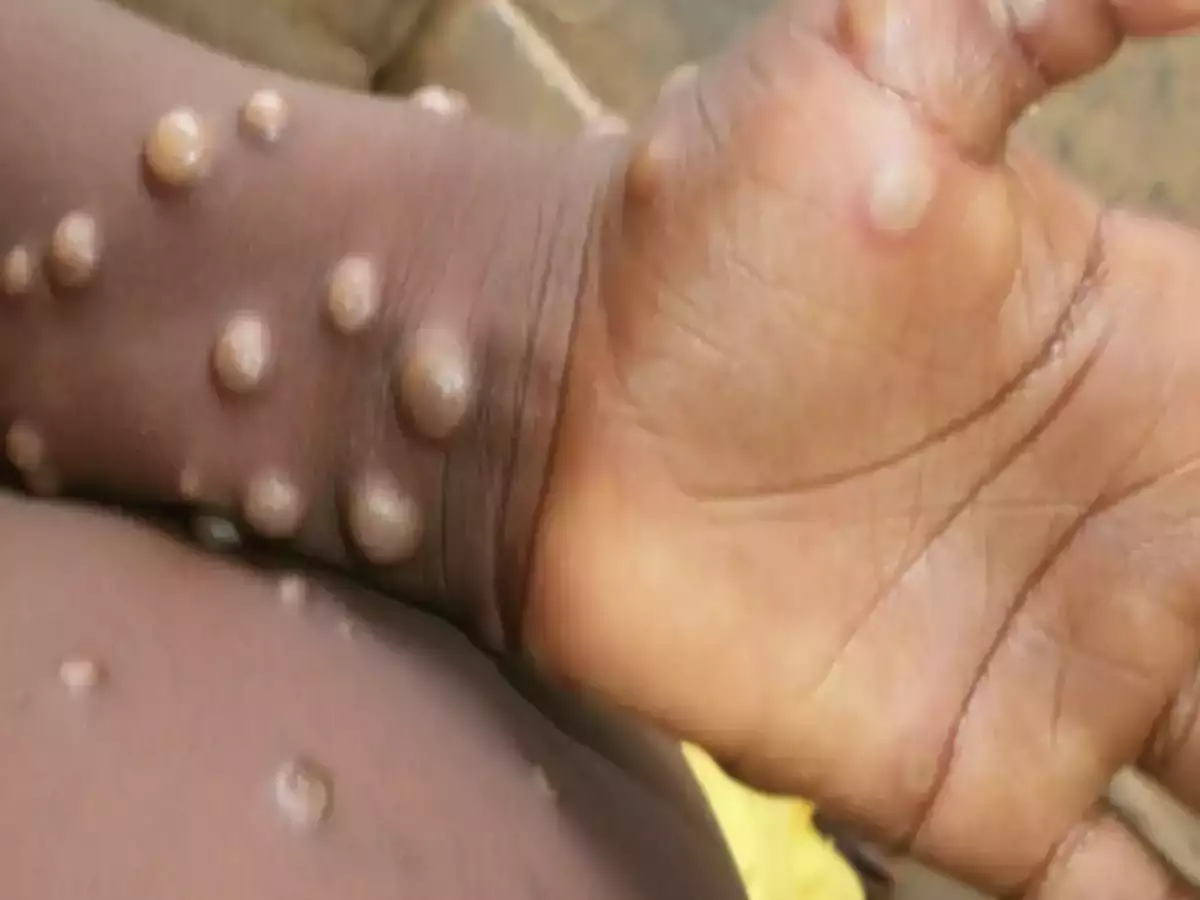Tips on monkeypox
In the last few weeks, there have been confirmed cases of monkeypox in the United Kingdom and other countries with travel history to Nigeria. The UK resident confirmed with the disease had travelled to Lagos and Delta states during the time spent in Nigeria. AfDB to help Nigeria revive e-wallet agric system Many Nigerians facing […]

In the last few weeks, there have been confirmed cases of monkeypox in the United Kingdom and other countries with travel history to Nigeria.
The UK resident confirmed with the disease had travelled to Lagos and Delta states during the time spent in Nigeria.
- AfDB to help Nigeria revive e-wallet agric system
- Many Nigerians facing mental health, not seeking help — Experts
However, the Nigeria Centre for Disease Control (NCDC) said it is important to note that there is NO ongoing outbreak of monkeypox in the country.
It said since the re-emergence of monkeypox in Nigeria in September 2017, the country has continued to record sporadic cases of the disease from states across the country.
NCDC said between September 2017 and April 30, 2022, a total of 558 cases and 8 deaths have been confirmed in 22 states.
The Director General of NCDC, Dr Ifedayo Adetifain, in a statement said of these, 15 cases have been confirmed in 2022 alone, adding that, “This does NOT constitute an outbreak.”
He said the highest number of cases has been reported from states in the South South part of Nigeria.
Until the recent outbreak of 2017, the last time that cases of monkeypox were reported in Nigeria was in the 1970s. The 2017 Nigerian outbreak is the largest documented outbreak of the West African clade to date.
According to the NCDC, monkeypox is a rare viral disease transmitted from animals to humans and from humans to humans.
That is, the monkeypox virus can spread via contact with an infected person or animal.
Animal-to-human transmission may occur by direct contact with blood, body fluids, skin or mucosal lesions of infected animals e.g. monkeys, squirrels & rodents.
The symptoms include fever, body pain, weakness, sore throat & rashes on the face, palms, soles of the feet & other parts of the body.
The disease is usually self-limiting, which means patients tend to recover in a couple of weeks, with symptoms lasting between two and three weeks. Severe cases occur more commonly among children.
Polymerase chain reaction (PCR) of lesions is the mainstay of monkeypox diagnosis. Swabs and scabs from skin lesions are sent to the designated reference laboratory in dry containers. Serum samples can also be taken; however, these often yield negative results due to the transient viraemia.
The NCDC said there are no specific treatments available for monkeypox infection, though various novel antivirals have in-vitro and animal data supportive of effect such as Brincindofovir and Tecovirimat.
“Vaccination against smallpox has been proven to be 85% effective in preventing monkeypox but is no longer routinely available following global smallpox eradication. Post-exposure vaccination may help prevent the disease or reduce its severity.
“Prior smallpox vaccination will likely result in having a milder disease course. Screening and management of co-morbidities and all other secondary infections should be carried out,” it said.
Supportive care and management of the condition is required and mostly successful. Control measures include isolation of suspected or confirmed cases, strict adherence to universal precautions, especially frequent hand-washing with soap and water and the use of personal protective equipment.
The agency said early reporting and diagnosis save lives.
